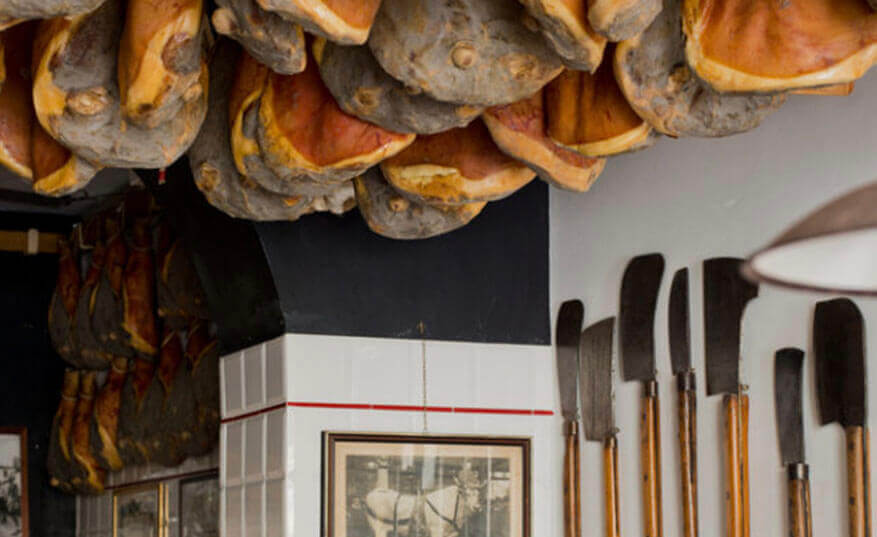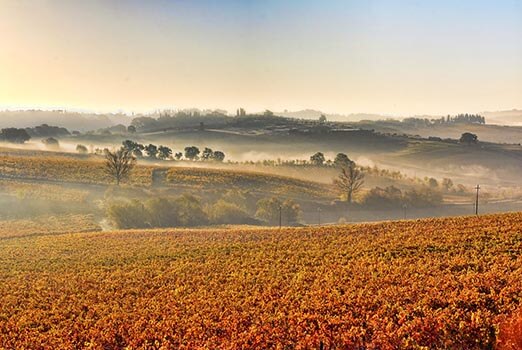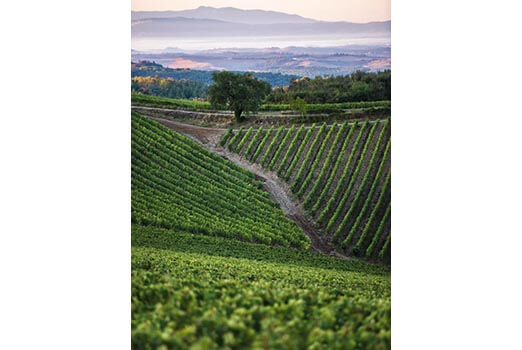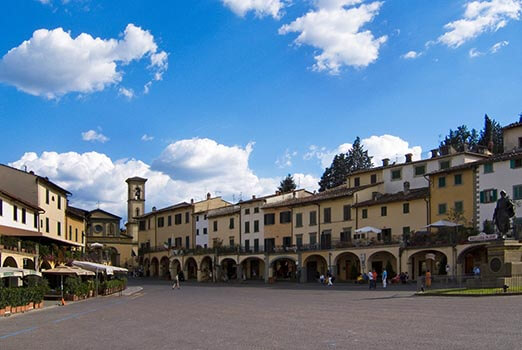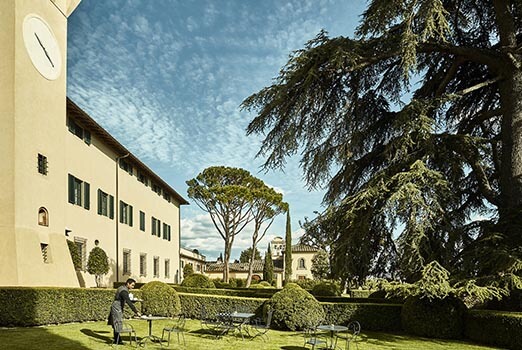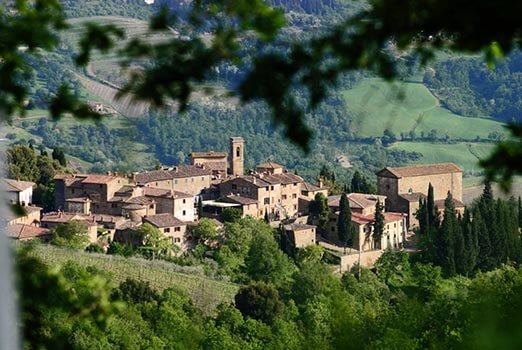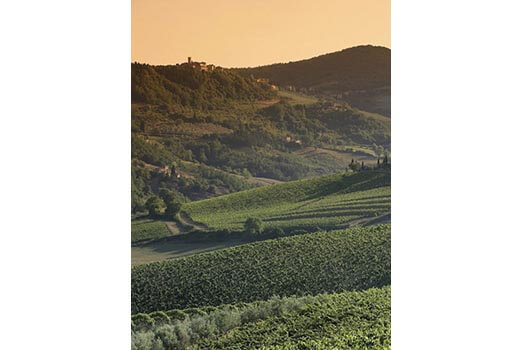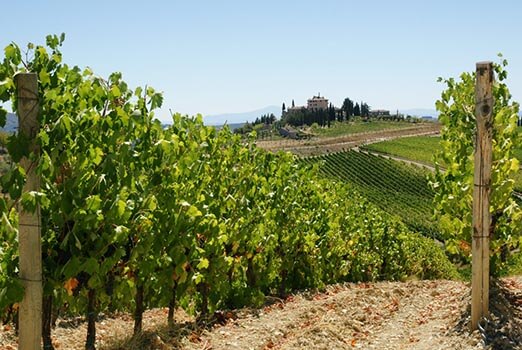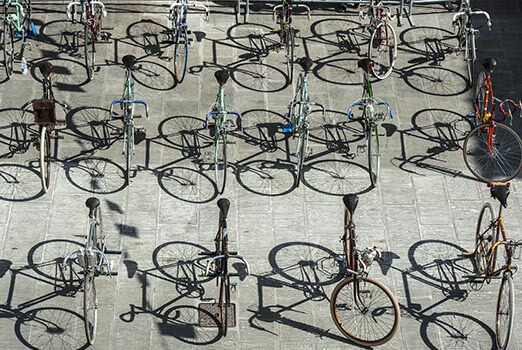The SR222, known to the Tuscans by the more familiar name of La Chiantigiana, is the stretch of road that outlines the hills of the Chianti Classico area between Florence and Siena, all picturesque curves and natural watercolour hues. Here are a few of its highlights.
GREVE and PANZANO IN CHIANTI
In Greve, the heart of Chianti Classico, you’ll find a charming square topped by the Propositura di Santa Croce and flanked by porticoes sheltering tempting foodie boutiques such as Antica Macelleria Falorni, selling excellent cured meats since 1729. Further along the road is Panzano, realm of butcher and poet Dario Cecchini who, between cooking steaks and preparing Tonno del Chianti (exquisite pork loin, boiled in water and drowned in olive oil), finds time to recite the Divine Comedy. For an overnight stay, it’s just half an hour’s drive to one of the area’s most exclusive 5-star hotels: COMO Castello del Nero.
RADDA IN CHIANTI
Radda is the village of vineyards and, since 1924, home to the Chianti Classico Consortium. Its characteristic narrow streets, dotted with delightful stone-walled vegetable gardens, lead to the main square, overlooked by the Romanesque Chiesa di San Niccolò and the Palazzo del Podestà. The town is surrounded by ancient tower houses and castles, the best-preserved being Castello di Volpaia, with the winery of the same name. Don’t miss the opportunity to sample the wine, lunch on fragrant focaccia from the Forno bakery or dine on Tuscan cuisine at the Osteria. There’s plenty of accommodation too, in villas, apartments and rooms.
WHITE ROADS
Chianti is famous for its incredible unpaved roads, which can be explored on two wheels for an unending series of unforgettable views. Indeed, the village of Gaiole in Chianti is the starting point for the annual Eroica, the world’s most famous classic cycle race, scheduled this year for 2 and 3 October. Brolio, Castelnuovo Berardenga, Montalcino, Murlo, Siena, Castellina and Radda are among the most attractive stops along the way. To spend the night, a stand-out choice is the Castello di Brolio (where Barone Ricasoli established the ‘recipe’ for Chianti Classico in the late 17th century), with its excellent Osteria del Castello.
